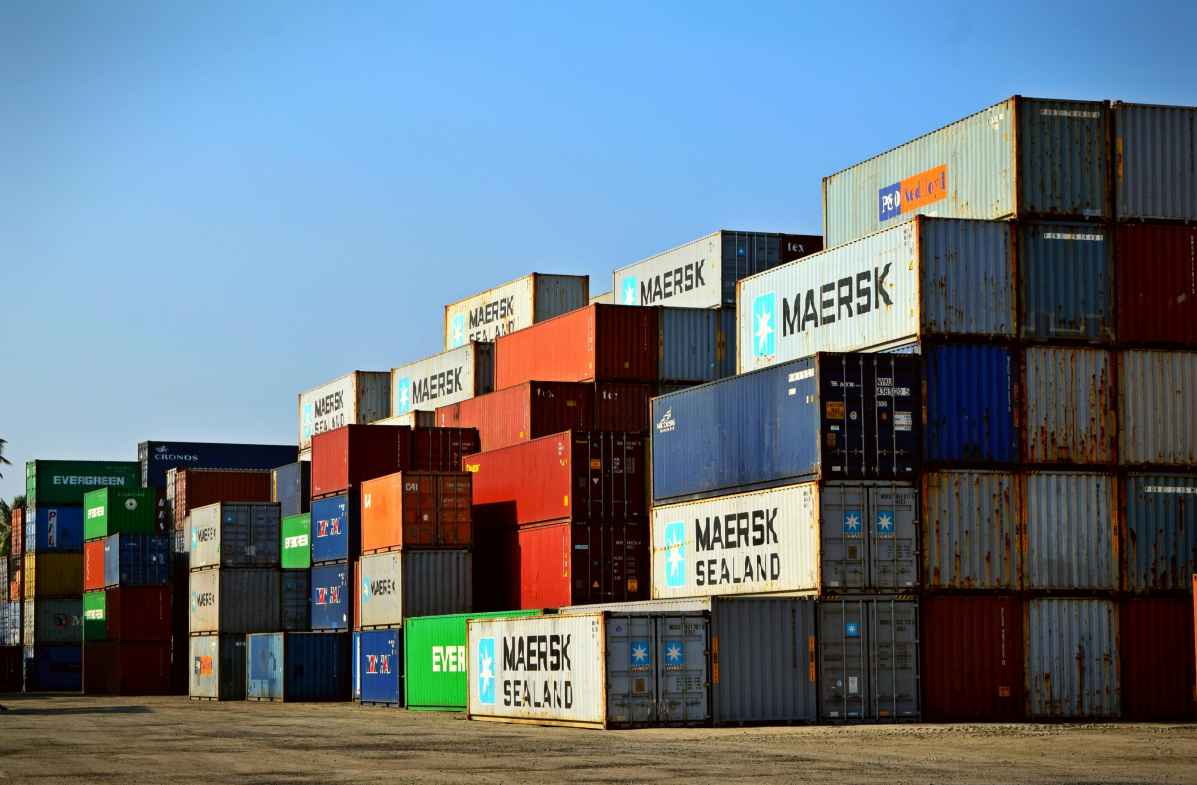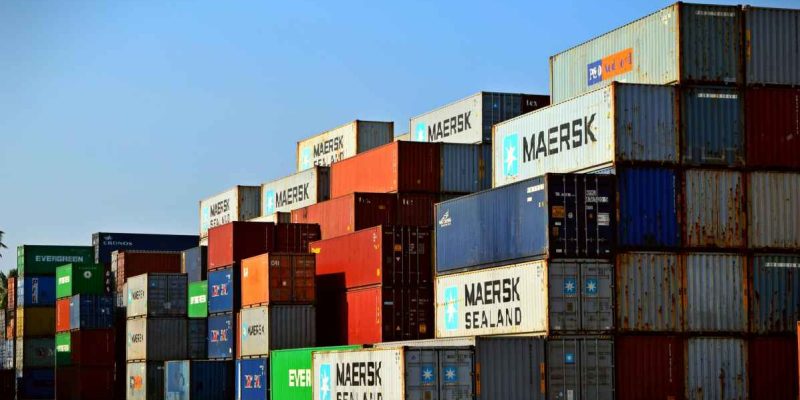Navigating the vast ocean of freight management, with its ebb and flow of deadlines, budgets, and customer satisfaction, requires more than just a good compass. It’s about knowing which stars to navigate by, which in the world of logistics, translates to key performance indicators (KPIs).

But with a sea of data available, which metrics should you be tracking to ensure smooth sailing with freight management systems?
The Compass Points: Key Freight Management Metrics
1. Cost Metrics: The Anchor of Your Budget
Cost Per Shipment: Tracking the cost per shipment is like keeping an eye on the wind; it shows you how efficiently you’re sailing. It includes transportation, warehousing, and packaging costs, giving you a clear picture of what each journey is costing you.
Fuel Surcharge Trends: Fuel costs can fluctuate like the tides. Monitoring these surcharges can help you anticipate changes in shipping costs and adjust your sails accordingly.
2. Time Metrics: The Speed of Your Ship
Transit Time: This is the time it takes for goods to move from origin to destination. It’s the pace at which your ship sails and is crucial for customer satisfaction and inventory turnover.
On-Time Delivery: The percentage of shipments delivered within the agreed-upon time frame. This metric is the beacon of reliability, showing how often you keep your promises to customers.
3. Service Quality Metrics: The Smoothness of the Seas
Shipment Accuracy: Ensuring that the right products reach the right destination in the right condition is fundamental. This metric measures your precision in fulfilling orders as promised.
Freight Damage Rate: This is a tale of the rough seas your goods navigate. A low damage rate indicates that your packaging is sturdy and your carriers are handling your goods with care.
4. Efficiency Metrics: Navigating Through Storms
Carrier Capacity Utilization: Just like a well-packed ship uses every inch of space efficiently, this metric measures how well you’re utilizing the available capacity of your carriers. High utilization means you’re maximizing your shipping investments.
Load Factor: This tells you how full your shipments are. Operating with a high load factor means you’re moving goods efficiently, reducing the need for extra trips.
Also Read: New Techniques and Technological Innovations in Social Work
Setting Sail: How to Track These Metrics
The Right Tools for the Job
Invest in a robust Transportation Management System (TMS). These systems can automate the collection and analysis of these metrics, giving you real-time insights and freeing up your time to focus on strategic decisions.
Regular Check-Ins
Set up regular review sessions to go over these metrics. It’s like checking the weather before you set sail; it helps you anticipate and adjust your course as needed.
Embracing Technology: The Wind in Your Sails
In an age where technology shapes the landscape of industries, the freight management sector is no exception. Leveraging cutting-edge technologies can provide a significant advantage in tracking and improving the metrics we’ve discussed.
The Role of AI and Machine Learning
Predictive Analytics: Using AI to predict trends and potential disruptions in your supply chain can help you proactively adjust your strategies. Imagine being able to forecast delays due to weather conditions or global events and rerouting shipments before they become an issue.
Automation of Routine Tasks: Machine learning algorithms can automate mundane tasks, such as invoice processing or tracking shipments, freeing up your team to focus on more strategic activities. This not only improves efficiency but also reduces the risk of human error.
IoT and Real-Time Tracking
Enhanced Visibility: IoT devices allow for real-time tracking of shipments, giving you and your customers unparalleled visibility into the journey of goods. This can improve customer satisfaction and trust, as well as help you quickly address any issues that arise.
Condition Monitoring: These devices can also monitor the condition of sensitive or perishable goods, ensuring they are maintained at the correct temperature or humidity levels throughout their journey. This can significantly reduce the rate of damaged goods.
Blockchain for Transparency and Security
Secure Transactions: Blockchain technology can offer a secure and transparent ledger for transactions, reducing the risk of fraud and ensuring that contracts are honored.
Streamlined Operations: By providing a single source of truth, blockchain can streamline operations and reduce delays caused by paperwork and administrative procedures.
Navigating Challenges: FAQs
Q: What if my costs are rising but my service quality is high? A: This could indicate that your customers value quality over cost. Consider if there’s a way to maintain that quality while exploring cost-saving measures elsewhere.
Q: How often should I review these metrics? A: Monthly reviews are a good starting point, but some metrics, like fuel surcharges, might need more frequent checks.
Q: What do I do if my freight damage rate is high? A: Look into better packaging solutions or consider switching to carriers with better handling practices.
Also Read: How POS Systems Help To Streamline Your In-Store and Online Sales?
Charting Your Course
Remember, these metrics are not just numbers; they’re insights into the health and efficiency of your logistics operations. Like a skilled sailor reading the sea, understanding these metrics allows you to navigate your business towards profitability and success. Keep your eyes on the horizon and adjust your course as needed.




